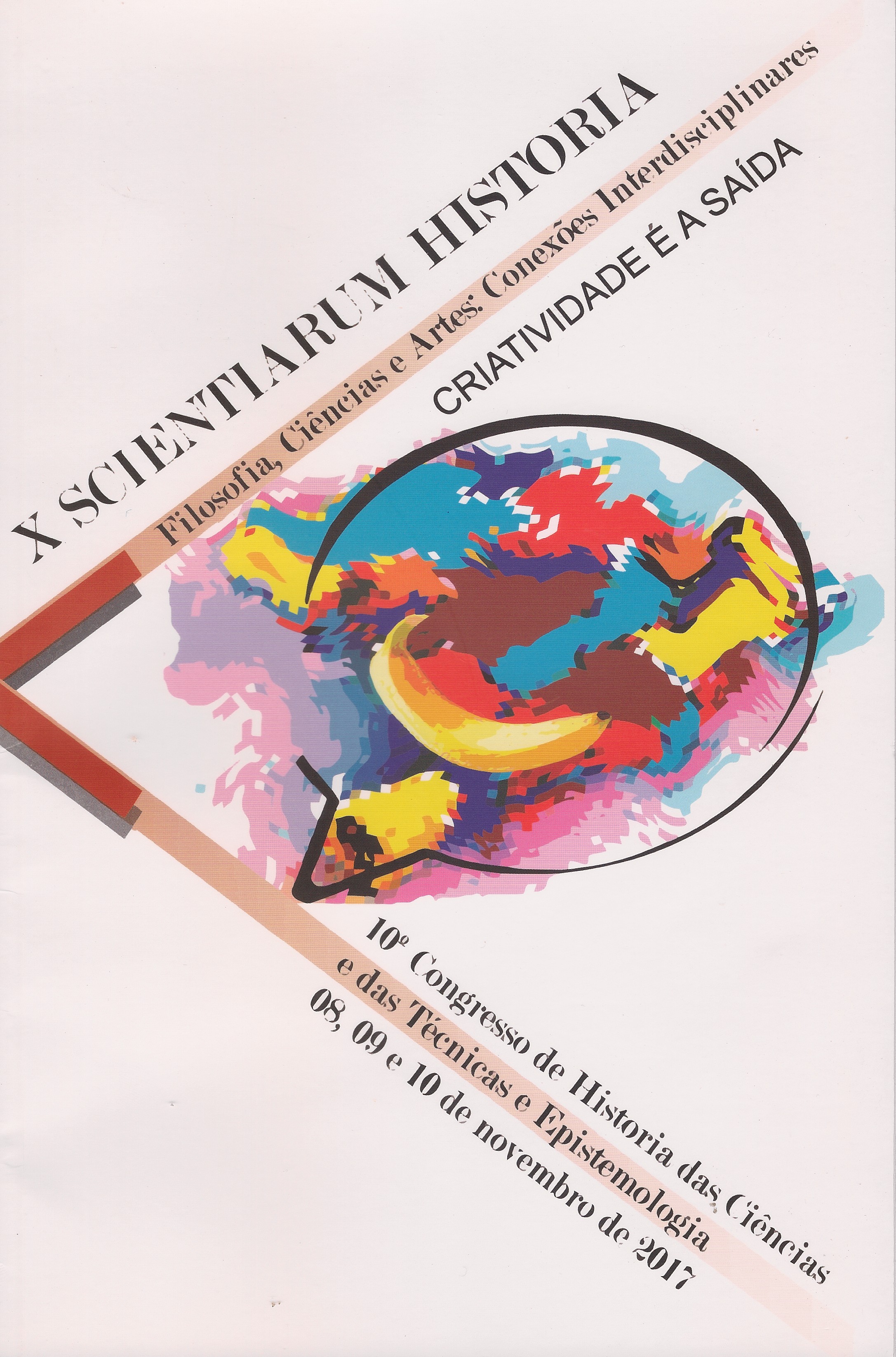A importância da criatividade computacional para a literatura generativa: reflexões sobre arte, ciência e tecnologia na ciberliteratura
Abstract
Since the emergence of technical art, the vision of art as exclusively human feeds critics to the interference of science and technology on artistic creation. More recently, art generated by computers, known as generative art, brought new elements to this discussion and has led, as observed in other moments of history, to questions about the role of the artists and their relationship with their work and public. This article raises perspectives about generative art and, more specifically, literature, under the aspects of Computational Creativity.
Downloads
References
BOLDEN, M. Computational Creativity Research: Towards Creative Machines. Atlantis Press, 2015. Disponível em: https://doi.org/10.2991/978-94-6239-085-0. Acesso em: 26 abr. 2020.
COHEN, H. What is an image? [1979]. Disponível em: http://www.aaronshome.com/aaron/publications/whatisanimage.pdf. Acesso em: 24 abr. 2020.
COLTON, S.; WIGGINS, G. A. Computational Creatitivity: The Final Frontier? In: L. de Raedt, C. Bessiere, D. Dubois & P. Doherty (Eds.), Proceedings of the 20th
European Conference on Artificial Intelligence. Amsterdam: IOS Press, p. 21-26, 2012.
COSTA, C. Arte, resistências e rupturas: ensaios de arte pós-clássica. São Paulo: Moderna, 1998.
ELTON, M. Artificial creativity: Enculturing computers. Leonardo, v. 28, n. 3, 1995.
FISHWICK, P. Aesthetic computing. Cambridge: MIT Press, 2006.
GOMBRICH, E. A história da arte. Rio de Janeiro: Livros Técnicos e Científicos Editora, 1999.
HOWARD, P. Peter’s Haiku Generator, [2017]. Disponível em: http://peterhoward.org/haikugen/framset1.htm. Acesso em: 08 out. 2017.
MANOVICH, L. The Death of Computer Art, [1996]. Disponível em: http://rhizome.org/community/41703/. Acesso em: 08 out. 2017.
MÁNTARAS, R. L. Artificial Intelligence and the Arts: Toward Computational Creativity. The Next Step: Exponential Life. BBVA: 2017.
MOURA, L. Notes on a new kind of art. MATLIT: Materialidades da Literatura, Coimbra University Press, v. 3, n. 1, p. 185–194, 2015.
MÁRQUEZ, G. Cem anos de solidão. Rio de Janeiro: Editora Record, 2010.
RIEDL, M. O. The lovelace 2.0 test of artificial creativity and intelligence, [2014]. Disponível em: https://arxiv.org/abs/1410.6142. Acesso em: 26 abr. 2020.
SCHWARTZ, O. Bot or not, [2017]. Disponível em: http://botpoet.com. Acesso em: 08 out. 2017.
TOIVONEN, H.; GROSS, O. Data mining and machine learning in computational creativity. Wiley Interdisciplinary Reviews: Data Mining and Knowledge Discovery,
Wiley Periodicals, Inc, v. 5, n. 6, p. 265–275, 2015.
TURING, A. M. Computing machinery and intelligence. Mind, v. 59, n. 236, p. 433–460, 1950.
WURTZEL, D. Daniel Wurtzel. 2017. Disponível em: http://www.danielwurtzel.com/. Acesso em: 08 out. 2017.
Todos os artigos publicados na Revista Scientiarum Historia recebem a licença Creative Commons - Atribuição 4.0 Internacional (CC BY 4.0).
Todas as publicações subsequentes, completas ou parciais, deverão ser feitas com o reconhecimento, nas citações, da Revista Scientiarum Historia como a editora original do artigo.


